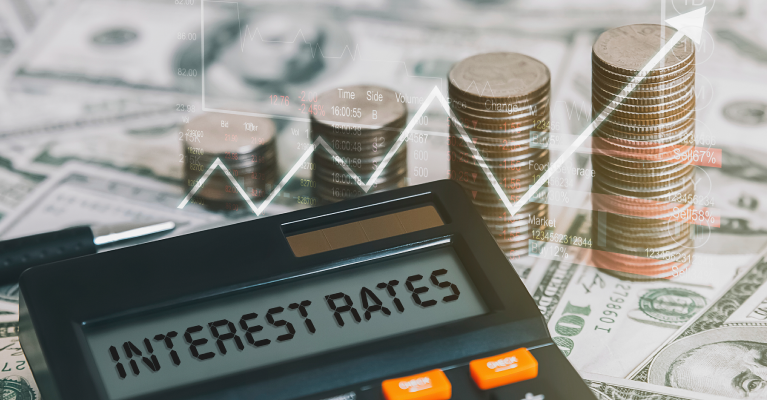Every four years, the investing world holds their proverbial breaths to see who the next president will be. Whether it will be an incumbent President or a new candidate who wins the election, investors discuss and debate what the next four years of government policy will look like and how it will affect the markets. Does it really matter? One can argue every government regime is unique and its effects on the markets will be different for each and every regime. Interestingly, history has dispelled that notion.
An article written by Fidelity in the early part of this year provides great clarity on equity market returns during different government regimes.[1] When I reference regime, I simply mean party lines for both the Presidential seat as well as Congress. The author went through every election and noted the returns for the first two years of a President’s term, the second two years of a President’s term, and the entire four-year span. What resulted was quite astonishing. The research found that whatever return difference there was in the first two years of either party’s Presidential term, that difference dissipated by the end of the entire four-year term. For example, if a Democrat won the election, the average first two-year return was 5.8%, compared to 8.3% if a Republican won. However, over the entire four-year term the average return under a Democratic president was 8.8% and 8.6% under a Republican president. A similar pattern resulted when you combined a majority in Congress with a President for each party. If there is a Republican president and the Republicans held a majority in Congress, the average first two-year return was 12.2%. Under a Democratic president and the Democrats held a majority in Congress, it was 3.4%. When you look at the entire four-year term, 8.6% on the Republican side and 8.2% on the Democrat side. Lastly, essentially more of the same during times of gridlock in Washington. A Republican President coupled with the Democrats holding a majority in Congress led to an average two-year return of 1.1% and for a reverse situation it was 14.5%. Over the full four-year term, 8.7% versus 10.9% respectively.
All of that historical return data points to something that investors almost seem to think is impossible, that it doesn’t matter who will win the elections. Something that every investor knows and understands is that past performance does not guarantee future performance. With that in mind, we must try to analyze what each candidate’s policy goals would mean for the markets. What makes that analysis so difficult is markets evolve and adapt to new information. Markets seem to have a personality of their own. Does anyone with strong conviction know exactly how this election will go and how the markets respond to the next President’s policies and events in Washington? For example, Joe Biden is seen as potentially detrimental to markets because the general view is, he will raise taxes. However, what if along with raising taxes, he is able to pass a massive infrastructure bill that could create thousands of jobs for the country and that bill is well received by the market. On the flip side, President Trump is viewed as positive for the markets from a perspective of less regulation and potentially lower taxes on individuals and corporations helping to spur economic growth. However, what if the Democrats control Congress and their vitriol for President Trump drives them to a second impeachment attempt, causing nervousness by the markets.
Election results are extremely difficult to forecast. Political risk is always present in any investment portfolio and is acutely heightened during an election cycle. Based on history, investors should avoid the urge to alter asset allocation because in the end it all evens out. However, even I must admit it is tempting to alter portfolios to take advantage of opportunities or mitigate risk born from an election. In summary, the most appropriate solution to this problem is to have a diversified portfolio that will have some pieces appreciate while others depreciate and rebalance the portfolio throughout the election cycle because history has proven that lower than average equity returns in the beginning have produced a buying opportunity.

Helping you boost your financial intelligence.
Read our financial resources from your friends at WSFS.




